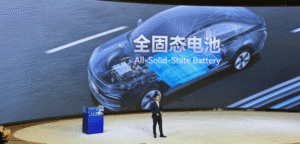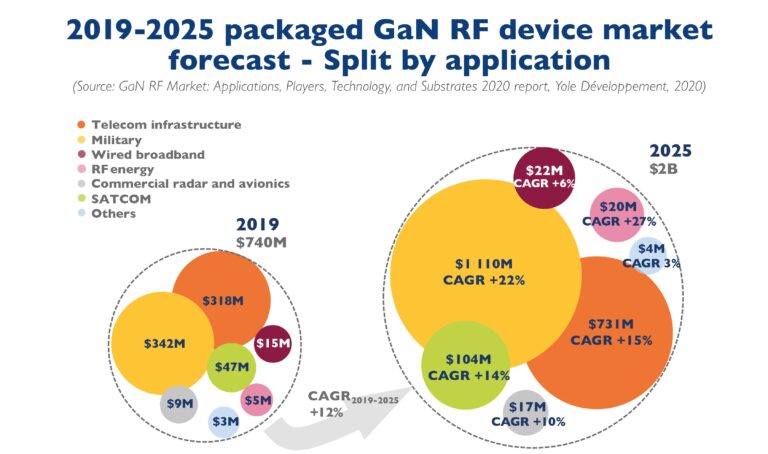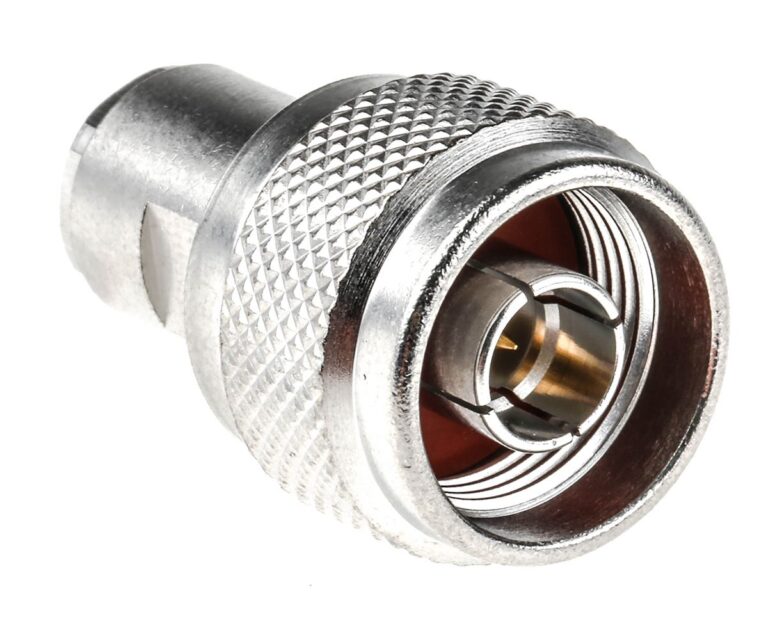Gotion High-Tech Company Limited Detailed Research Report ,Product Portfolio and Technology

Gotion High-Tech produces a broad range of lithium-ion batteries, focusing on both Lithium Iron Phosphate (LFP) and Nickel Cobalt Manganese (NCM) chemistriesen.gotion.com.cn.
It offers battery cells, modules, and packs for various applications, and has been actively developing next-generation technologies such as sodium-ion and all-solid-state batteriesen.gotion.com.cnen.gotion.com.cn.
Below is an overview of Gotion’s key products, their technical features, and use cases, along with comparisons to competing offerings.
- LFP Batteries: Gotion is a leading manufacturer of LFP cells, known for their safety, long cycle life, and cost-effectiveness.
These are widely used in energy storage systems (ESS) and electric vehicles where safety and longevity are paramount.
Gotion has pushed the envelope of LFP technology by introducing Lithium Manganese Iron Phosphate (LMFP) chemistry to overcome LFP’s energy density limitationsbatteriesnews.combatteriesnews.com.
Its flagship LMFP cell, the Astroinno L600, achieves a gravimetric energy density of 240 Wh/kg and volumetric density of 525 Wh/L, with a cycle life of 4,000 cycles at room temperature (and 1,800 cycles at high temperature)batteriesnews.com.
Thanks to improved cell chemistry and packaging, Gotion claims a system-level energy density of 190 Wh/kg, exceeding that of current NCM battery packs, enabling EV ranges of up to 1,000 km without using any nickel or cobaltbatteriesnews.com.
The company spent a decade addressing LMFP challenges (e.g. manganese dissolution at high temps and low conductivity) through advanced co-precipitation, doping, granulation techniques, and new electrolyte additives developed by its Cleveland R&D centerbatteriesnews.combatteriesnews.com.
The Astroinno L600 cell, having cleared all safety tests, is slated for mass production in 2024batteriesnews.com.
Gotion also implemented innovative pack design for this cell, such as a sandwich-structure dual-sided liquid cooling and simplified electrical design, achieving a high 76% cell-to-pack volume ratio and cutting pack structural weight by 32%batteriesnews.combatteriesnews.com.
This LMFP-based pack outperforms even current NCM packs in energy density, showcasing Gotion’s strength in material innovation. - NCM Batteries: Gotion produces high-nickel NCM batteries targeting applications that demand high energy density. Notably, it unveiled the “Stellary” Battery, a large-format cylindrical cell (46 mm diameter) aimed at the emerging 4680-format marketetn.news.
The Stellary high-Ni NMC cell supports 4C fast charging (10% to 70% charge in ~9 minutes) and delivers an energy density of 285 Wh/kg (775 Wh/L)etn.news. It retains 70% capacity after about 2,500 cycles at room temperatureetn.news, indicating solid longevity for a high-energy cell.
Gotion attributes significant cost advantages to advanced automation at its 7th-generation factories, achieving a 37.5% reduction in per-kWh labor cost and 50% reduction in manufacturing cost relative to previous generationsetn.news.
These NCM cells are integrated into battery packs for long-range EVs, with pack capacities exceeding 100 kWh to support driving ranges of ~800 km per chargeetn.newsetn.news.
Gotion’s NCM portfolio complements its LFP lineup by catering to premium EV segments where range and energy density are priority. - Ultra-Fast Charging “G-Current” Battery: In May 2024, Gotion introduced G-Current, a new battery product line emphasizing extreme fast-charge capabilityetn.news. G-Current packs feature a module-less design to simplify structure (30% reduction in parts count) and can utilize either LFP or NMC cellsetn.news.
They support 5C ultra-fast charging, meaning a full charge in one-fifth of an hour under ideal conditions.
In real-world terms, a G-Current pack can charge from 0 to 80% in just 9.8 minutes, 0 to 90% in ~15 minutes, and 0 to 100% in about 25 minutesetn.newsetn.news.
Even plug-in hybrids (PHEVs) can benefit, with 4C charging to 80% in 10 minutes supportedetn.news.
The LFP-based G-Current pack is rated ~75 kWh (over 600 km range), while the NMC version exceeds 100 kWh (around 800 km range)etn.news.
Gotion touts G-Current as one of the best fast-charging battery lines in China, already in production and set to be adopted in numerous upcoming EV modelsetn.news.
This achievement rivals the fast-charging tech of industry leader CATL – for instance, CATL’s recently unveiled Shenxing battery is a 4C LFP battery enabling 400 km range from a 10-minute chargeetn.news.
Gotion’s G-Current matches and even exceeds this with 5C capability, demonstrating its competitiveness in charging performanceetn.news. - All-Solid-State Battery (“Gemstone”): Gotion is actively pursuing solid-state battery technology. At its 13th Technology Conference in Hefei (May 2024), the company debuted its first-generation “Gemstone” all-solid-state battery pack prototypeetn.news.
This advanced battery uses a solid electrolyte and achieves a gravimetric energy density of 350 Wh/kg (and 800 Wh/L) at the cell level – roughly 40% higher energy density than conventional NCM lithium-ion cells of the same sizeetn.news.
As a fully assembled pack, Gemstone delivers ~280 Wh/kg, enabling over 1,000 km of EV range per chargeetn.news. Durability is exceptional: Gotion claims the pack can support over 3,000 charge-discharge cycles with minimal degradation, equivalent to about 1 million km of driving over its lifespanetn.news.
The Gemstone solid-state battery is still in prototype stage, but represents a major R&D milestone – Gotion achieved a notable breakthrough by taking solid-state battery concepts “from idea to reality”en.gotion.com.cn.
As Volkswagen’s first nominated supplier of unified cellsen.gotion.com.cn, Gotion’s progress on solid-state batteries (in tandem with VW’s own solid-state efforts) suggests it is well-positioned to industrialize this technology in the coming years.
Gotion High-Tech’s unveiling of its all-solid-state battery prototype (Gemstone) at the 2023 technology conference in Hefeietn.news. The slide reads “全固态电池” (All-Solid-State Battery) and illustrates an EV with a solid-state battery pack, underscoring Gotion’s push into next-gen battery technology. - Application Segments: Gotion’s batteries are used across a wide range of applications
- Electric Vehicles (EVs): This includes passenger EVs, commercial electric buses and trucks, and special-purpose EVs (like construction or mining vehicles)en.gotion.com.cn.
Major Chinese automakers (e.g., JAC, Geely, NIO) have used Gotion’s batteries in certain models, and critically, Volkswagen plans to use Gotion cells for its future EV platforms. Gotion’s high-power LFP packs and high-energy NCM packs allow it to cater to both mass-market EVs (favoring cost and safety) and premium long-range EVs. - Energy Storage Systems (ESS): Gotion provides battery packs and complete solutions for stationary storage. It produces containerized battery systems (20-foot containers) for grid-scale storage and commercial/industrial usepoweringlives.comed.com.
It also offers smaller battery pack units (3–30 kWh) for residential and portable energy storagepoweringlives.comed.com. LFP chemistry dominates this segment due to its safety and cycle life. In January 2024, Gotion produced its first Made-in-USA ESS battery packs at its California facility, aimed at home and small commercial storage marketsenergy-storage.news. - Industrial & Others: Gotion’s batteries find niche uses in sectors like telecom backup power, forklifts, and renewable energy integration.
The company’s product pages highlight solutions for passenger cars, commercial vehicles, special vehicles (like low-speed EVs and two-wheelers), and light vehiclesen.gotion.com.cn, indicating a diversified customer base.
Gotion’s LFP batteries have even been explored as replacements for lead-acid batteries in some contexts (given similar voltage levels but better performance)yicaiglobal.comyicaiglobal.com, and the firm is investing in sodium-ion for potential use in low-speed EVs and grid storage where lower energy density is acceptableyicaiglobal.com. - Comparison with Competitors: While smaller than industry giants CATL and BYD, Gotion is rapidly closing the gap in technology:
- Energy Density: CATL and LG Energy Solution lead in high-NCM batteries (with some cells exceeding 300 Wh/kg). Gotion’s approach with LMFP has allowed it to claim pack-level energy densities that rival NCM packsbatteriesnews.com.
BYD’s LFP-based Blade Battery prioritizes safety over energy density; in contrast, Gotion’s Astroinno L600 pack achieves ~190 Wh/kg, surpassing many current NCM packsbatteriesnews.com.
This indicates Gotion’s LMFP could offer NCM-like range with LFP-like safety, a potential competitive advantage. - Fast Charging: CATL’s 4C fast-charging LFP (Shenxing) promises 700 km range with a 10-minute chargeetn.news. Gotion’s G-Current is on par or better, delivering ~400 km in 10 minutes (80% in <10 min) and full charge in 25 minetn.newsetn.news.
Few others have publicly matched 5C charging in a commercially ready product, placing Gotion among the leaders in charging tech. - Safety and Innovation: BYD touts the Blade Battery’s safety (no thermal runaway in nail penetration tests). Gotion likewise emphasizes safety, passing extensive safety tests for its LMFP cellsbatteriesnews.com and solid-state prototypes. Gotion’s “Gemstone” solid-state pack is notable; CATL and others are also developing solid-state batteries, but Gotion’s public demonstration suggests it’s at the forefront of Chinese battery firms in this domainetn.news.
- Product Breadth: Gotion’s range spans from cylindrical cells (46mm) competing with Tesla/Panasonic’s 4680 format, to large prismatic cells for both LFP and NCM.
This diversified approach is similar to CATL’s, whereas some competitors are more specialized (e.g., LG and SK focus on pouch cells, BYD on prismatic LFP). Gotion’s vertical integration (materials to pack) and focus on cost reduction through automationetn.news also mirror CATL’s strategies. - Global Footprint: In terms of output, CATL (with ~191 GWh in 2023) and BYD (~70-80 GWh) dwarf Gotion (~16 GWh). However, Gotion’s aggressive capacity expansion (targeting 300 GWh by 2025en.gotion.com.cn) could narrow this gap.
Moreover, Gotion’s alignment with VW gives it a foothold in Western markets that many Chinese peers (besides CATL’s partnerships) lack. - Overall, Gotion’s product portfolio is comprehensive and technologically advanced, covering mainstream lithium-ion chemistries and venturing into next-gen batteries. Its focus on LFP and fast-charging solutions aligns with current market trends (lower-cost, fast-charge EVs), while its work on high-density cells and solid-state tech prepares it for future demand for long-range, high-performance batteries.
This multi-pronged approach, combined with strategic partnerships, positions Gotion as a formidable competitor to the likes of CATL, BYD, CALB, LGES, and others in the global battery race.







